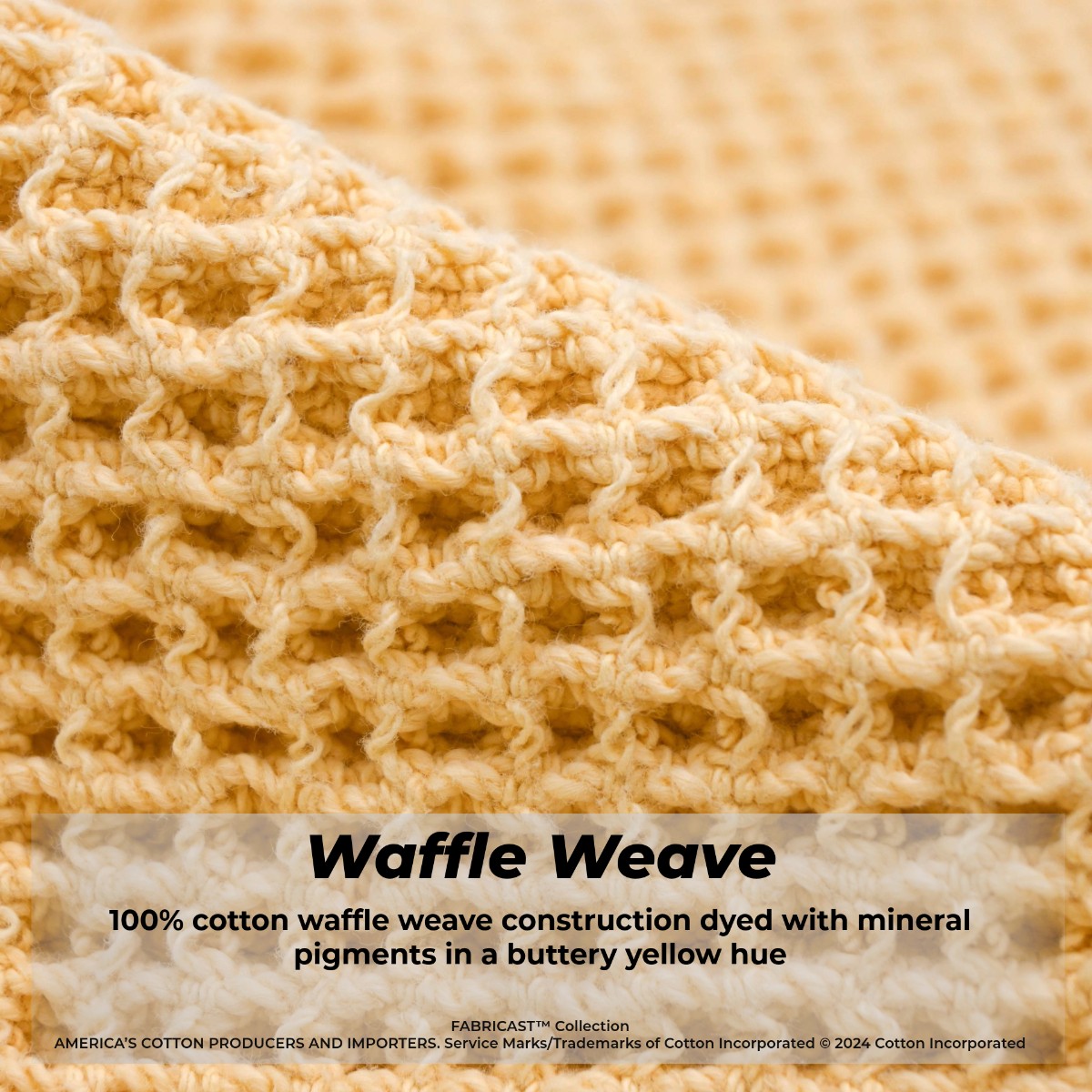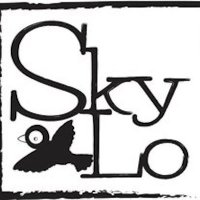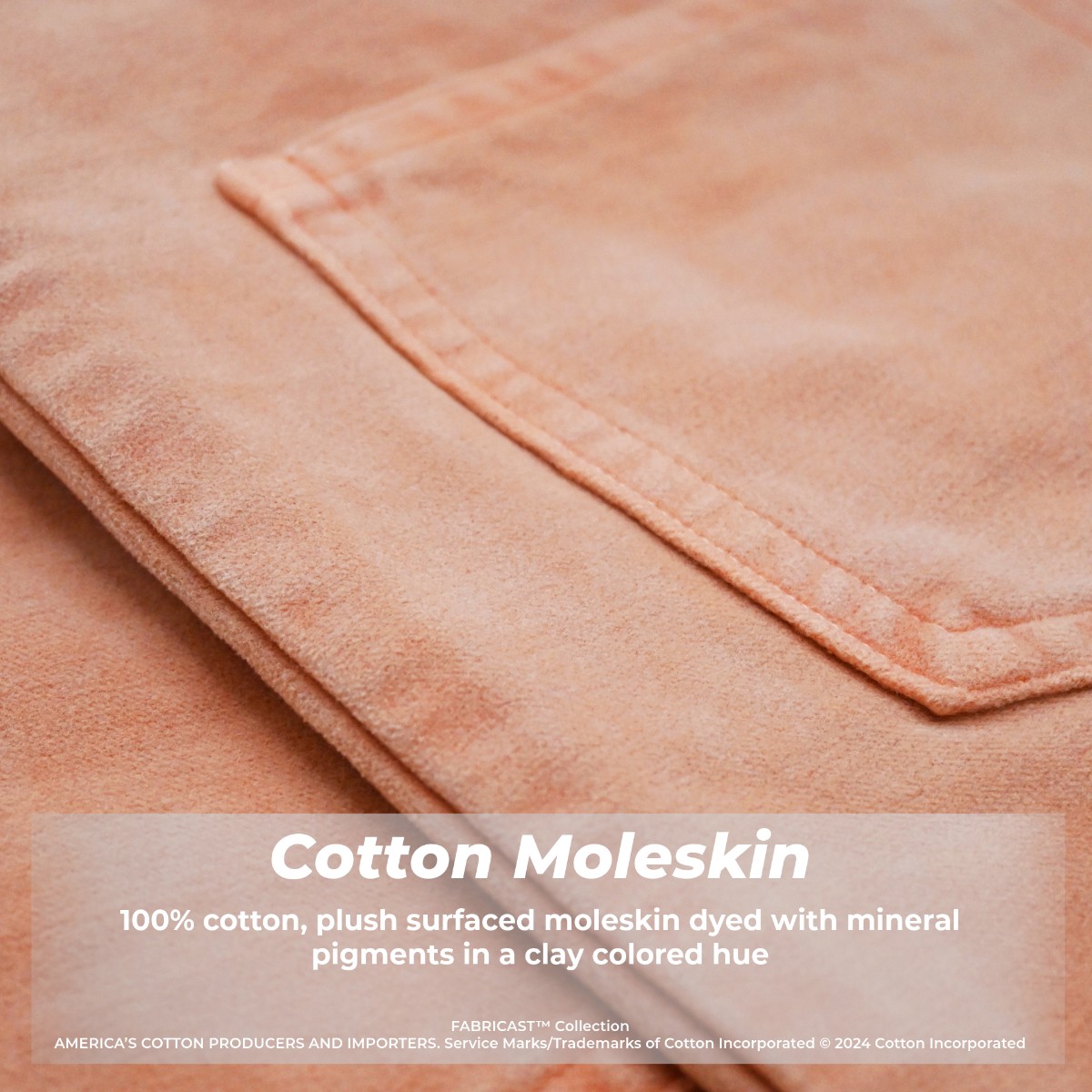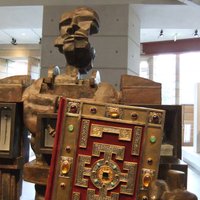
Found inside the Journal of Design and Manufacturers, from 1850, are these gorgeous purple hued fabric samples. Hidden inside this book, they have remained vibrant even though they over 170 years old #FabricFriday
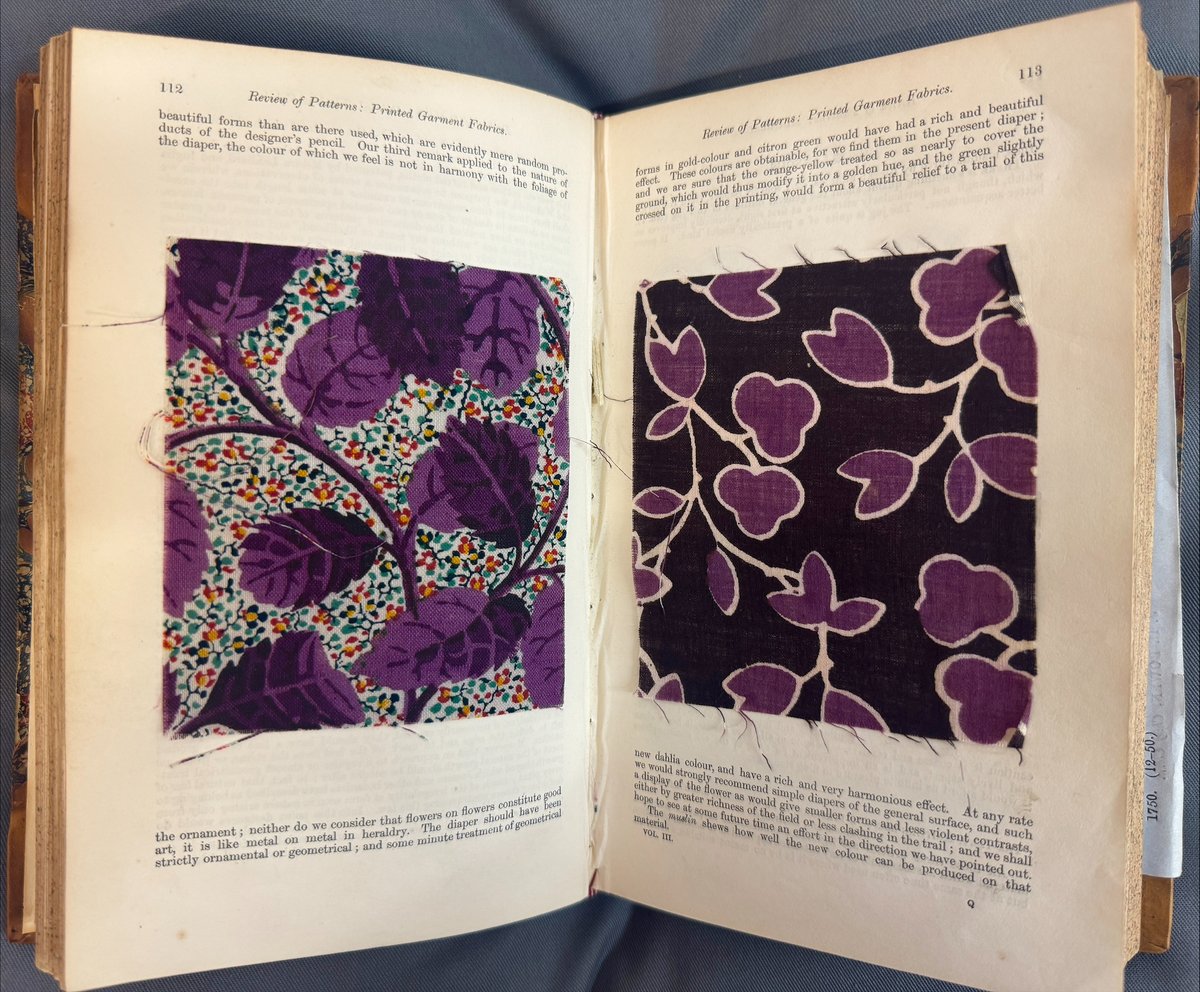

Happy #FabricFriday ! Today we are showcasing a kilim fragment from Aleppo, Syria.
Kilims are pile-less, weft-faced rugs or other textiles. They are hand-woven on looms using wool or a blend of wool and cotton.
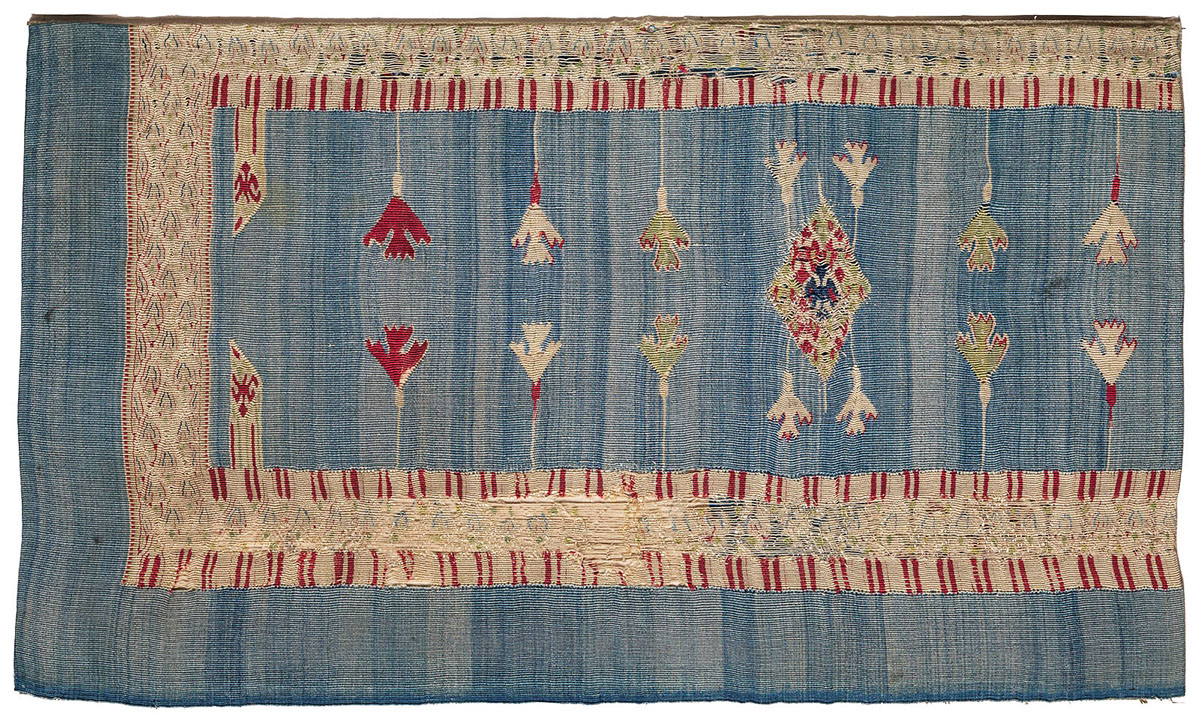

Happy #FabricFriday ! Today we are sharing a woven textile hanging from Denmark. This textile incorporates a diverse mix of textures and materials, including paper, lamella with twisted silk threads, multifilament polyester, wool, paper, and reflective thread.


Who’s ready for some free merch? 💎🙌🏼
#FabricFriday 🧵
Comment what projects you see? 👀
#1in1000000
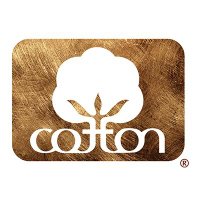
This 100% #cotton #denim has a unique appearance via a novelty ozone garment processing effect. The combination of water & ozone resulted in color removal in a subtle irregular spotty pattern. #FabricFriday CottonWorks™ brnw.ch/21wJEAc
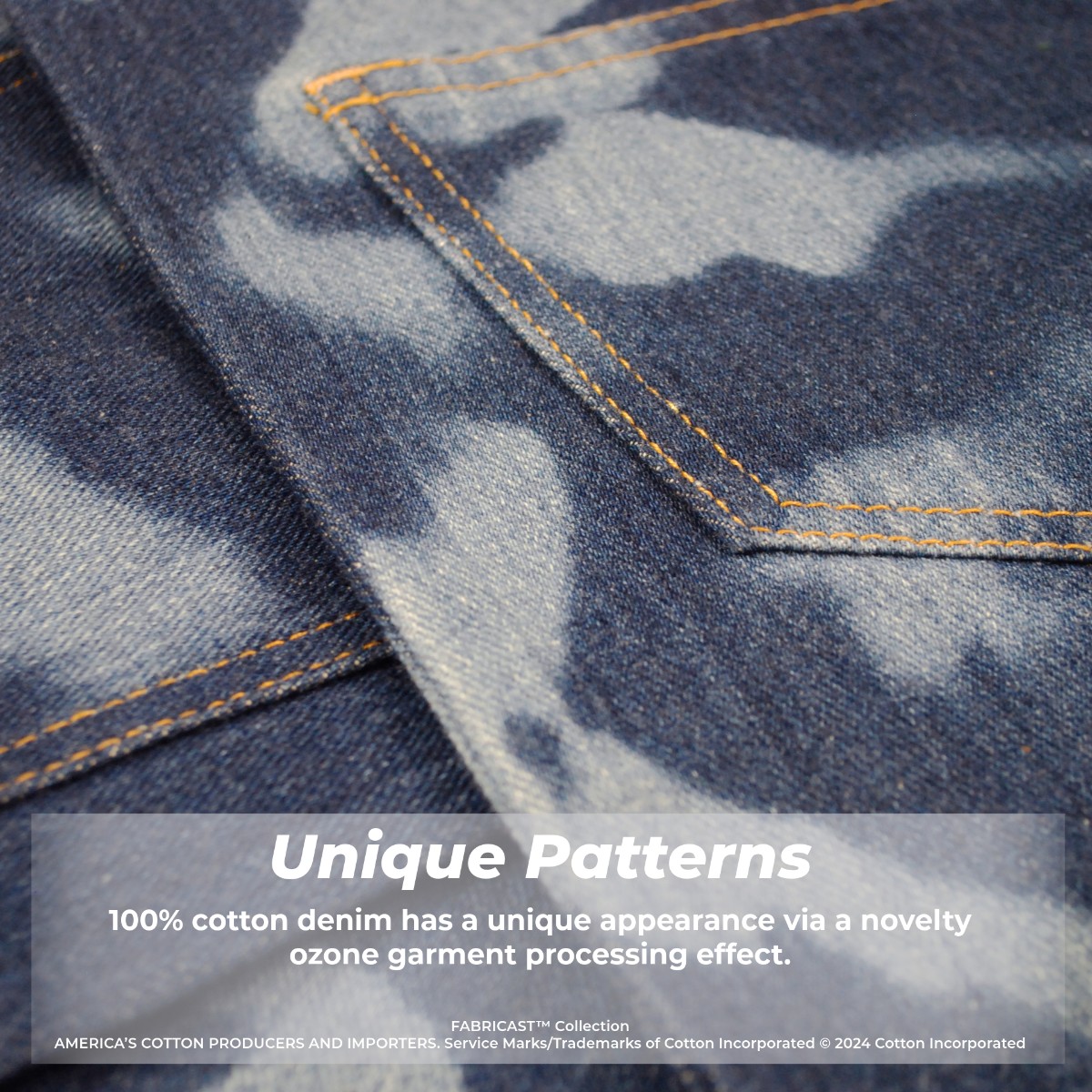

For #FabricFriday we are featuring a poncho from Gran Chaco. Gran Chaco is a sparsely inhabited region of the Rio de la Plata basin, which is divided between Argentina, Bolivia, Brazil and Paraguay. Textiles from this region blend traditions and techniques from each country.
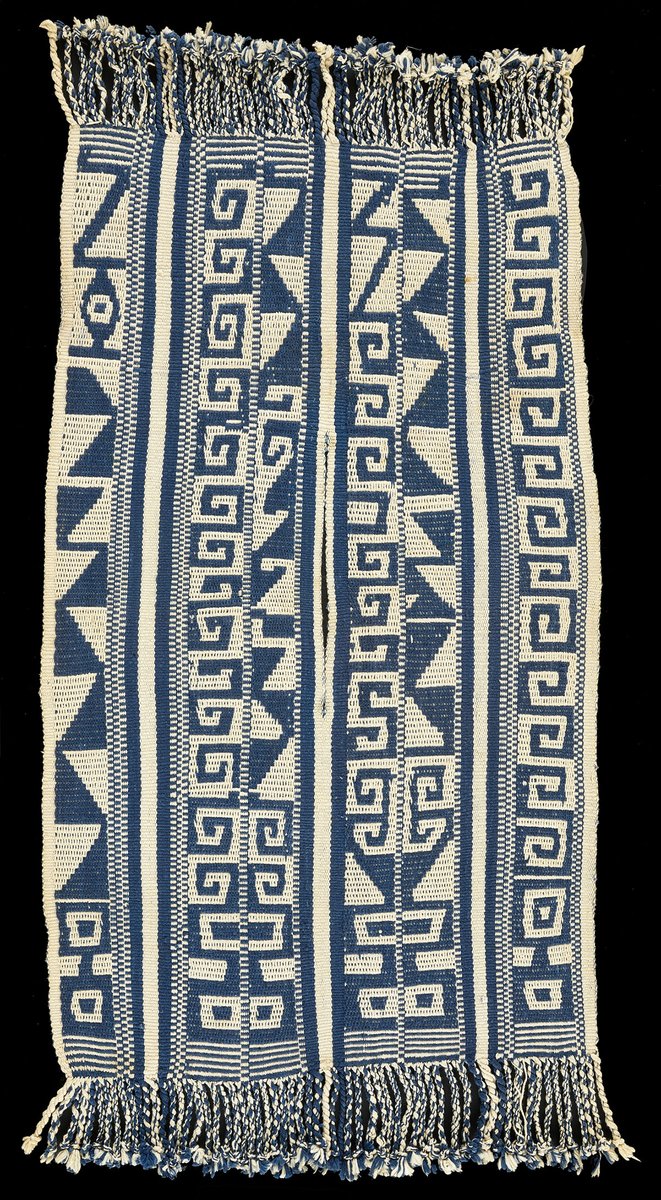

For #FabricFriday , we are sharing a very special Indonesian ikat textile from our exhibition “Irresistible: The Global Patterns of Ikat.” This ceremonial textile is one of the oldest known examples of the ikat technique from Indonesia.


Today we are featuring a gorgeous Japanese “haori” for #FabricFriday !
A haori is a hip- or thigh-length jacket that is worn over a kimono. Haori became popular in the Edo period, when Japanese merchants started wearing them in response to new edicts on dress
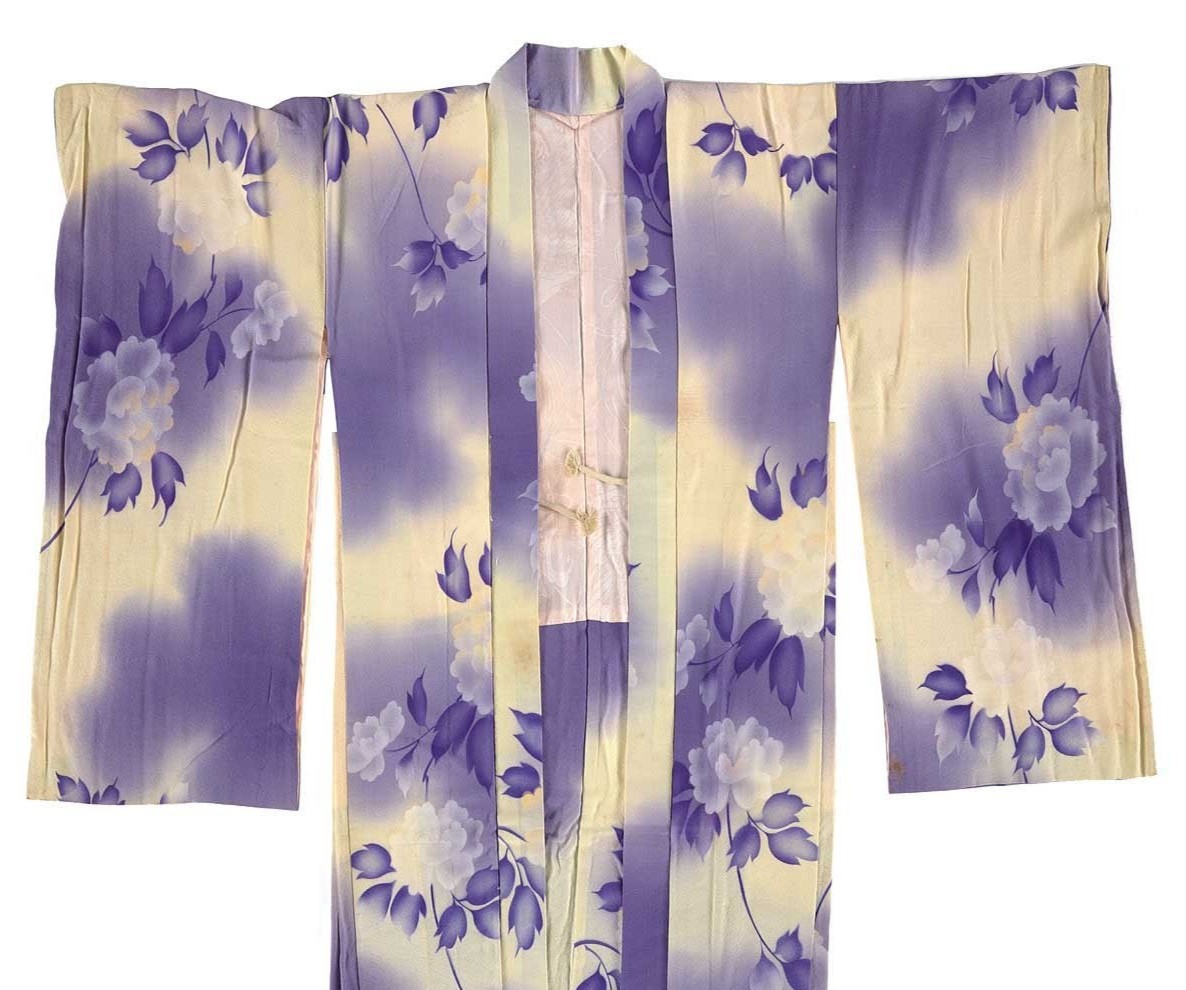
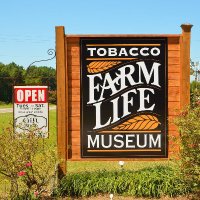
It’s #FabricFriday , where we shout out some of the sewn, stitched, and woven pieces of the past. Practice makes perfect! Sometimes the easiest way to learn is to practice on a large hoop – which is exactly how people learned how to sew! With repetition comes grace!


It’s #FabricFriday ! Quilt making is a long, complicated process that involves a lot of patience, creativity, and careful sewing. So we should stop to take a moment and appreciate the little details left in. Cat-loving is something that never gets old. 😊
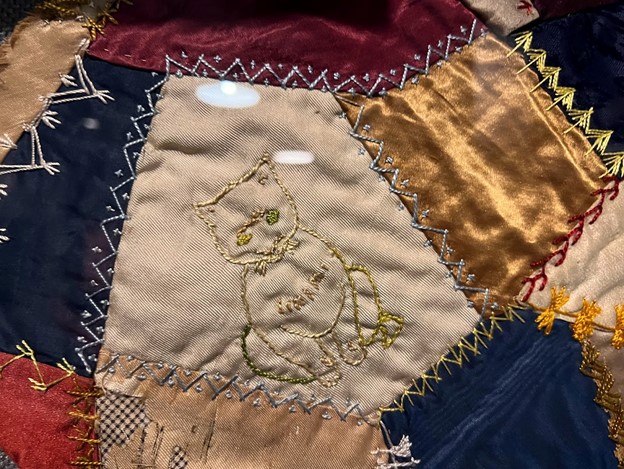

It’s #FabricFriday ! Today’s theme is Home Spun and Hand Sewn. Everything in the past was done by hand - hand-stitching together quilts, putting together tablecloths, and reusing cloths for everyday clothes. Flour sack dresses were especially popular during the Great Depression!
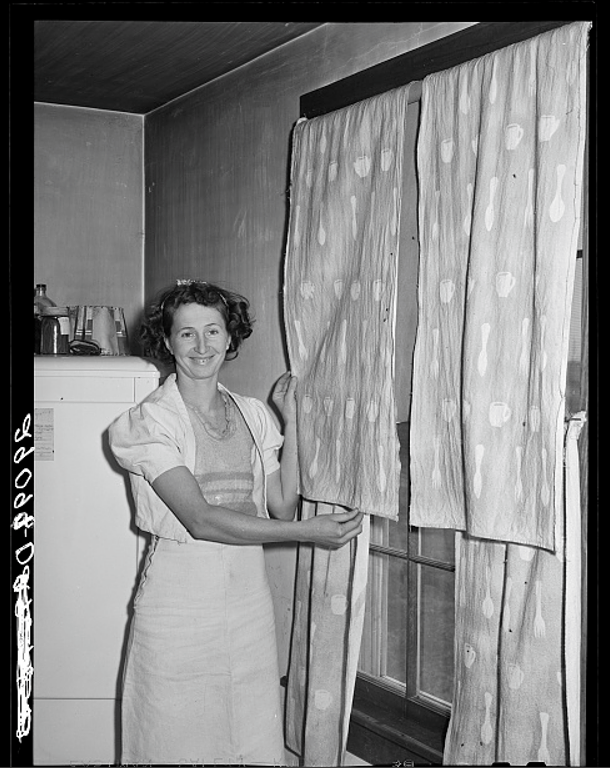

Cheers on reaching the first #FabricFriday of the month! We are celebrating silk today with a silk bag from Turkmenistan, a significant stop on the Ancient Silk Road.
Colorful silk textiles are enduring symbols of cultures along the Silk Road.
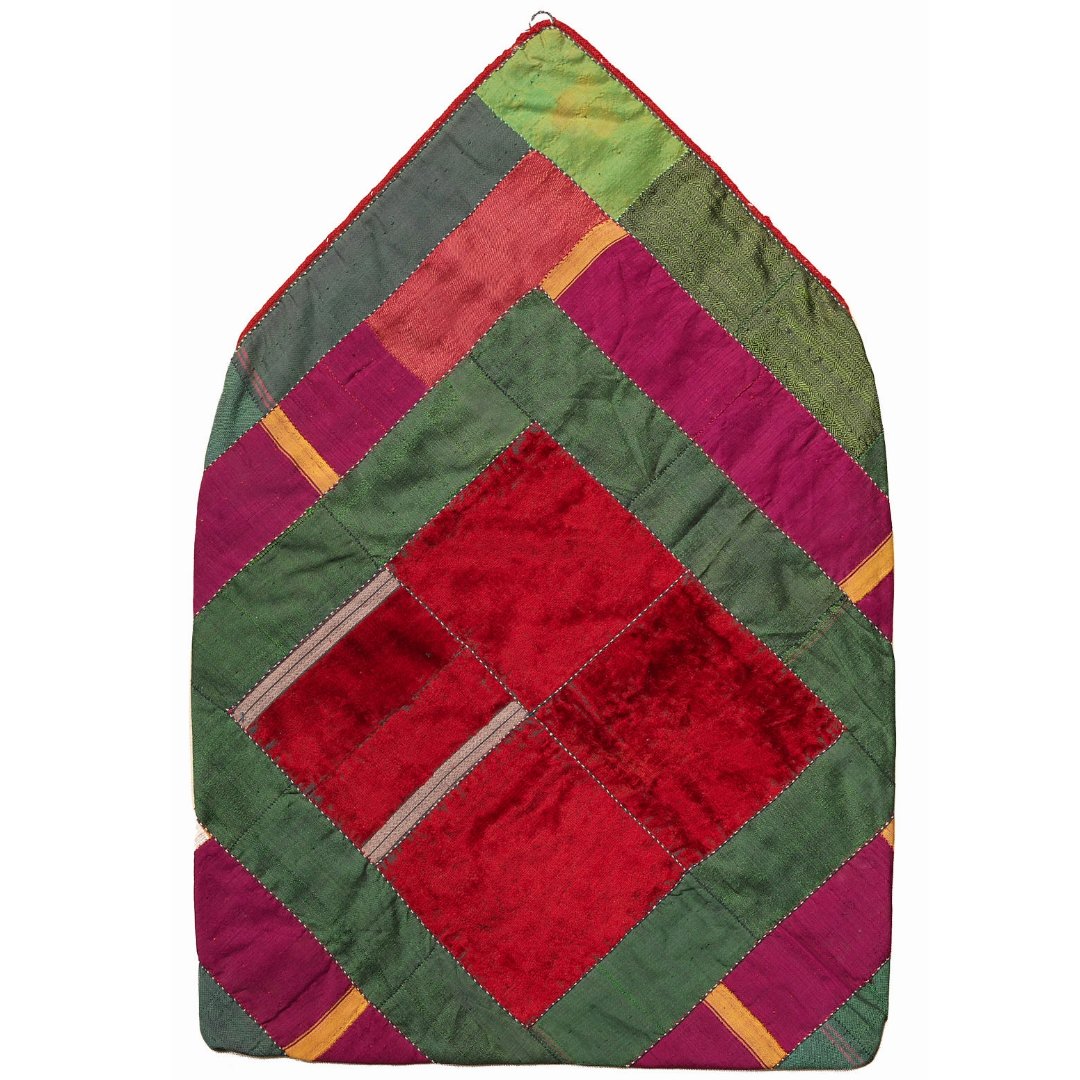

It’s #FabricFriday ! Today, we’re showing off our pride and joy, the Crazy Quilt. This lovely quilt greets newcomers to the Tobacco Farm Life Museum. Quilts like this showed the sheer ingenuity of early farm families – the backing is a tablecloth!
#VisitJoCo #QuiltingHistory
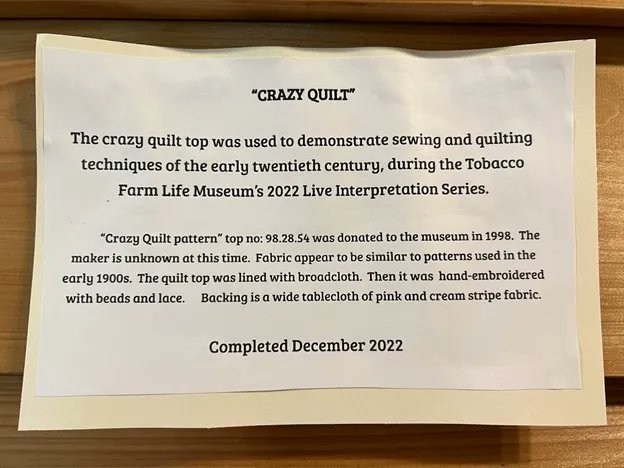

Happy #FabricFriday ! Today we are showcasing a gorgeous textile fragment from Poland, possibly from a sash. Sashes patterned with stripes were woven in the medieval towns of Opole and Gdansk in Poland.


For #FabricFriday , detail of Archangel Michael’s robe, like the gold-patterned silks made in Italy (Lucca was a center) imitating Near Eastern and Asian work.
Painted altarpiece (1370s) credited to Angelo Puccinelli da Lucca, Siena Pinacoteca, from San Pellegrino alla Sapienza


Today's #FabricFriday is a Moroccan “handira-” a cape worn by an Amazigh woman. This example would have been worn by a woman of the mountainous Beni Quarain tribe. The reversible style has a thick shag on one side that provided insulation in cold or wet weather.
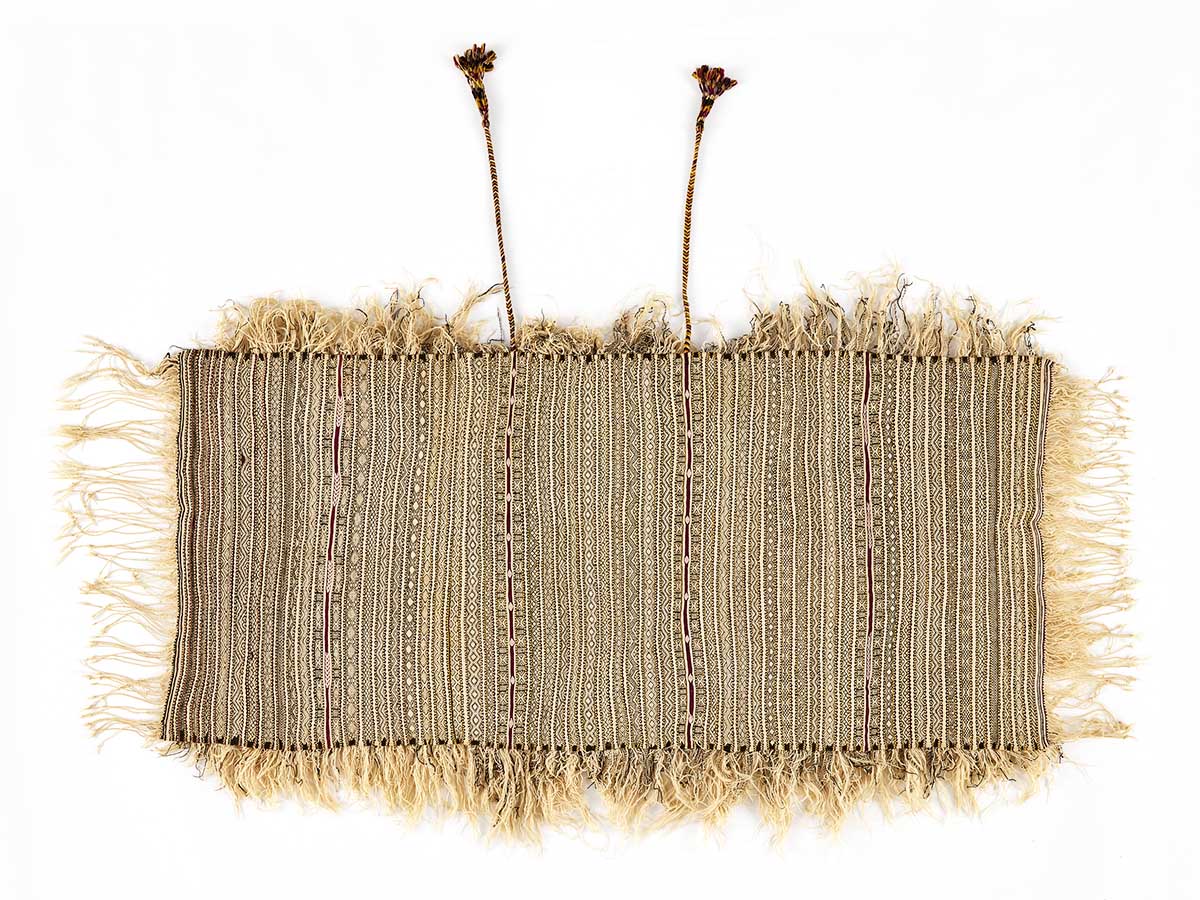

This 100% #cotton canvas was dyed a neutral grayed khaki with mineral pigments. These naturally sourced pigments offer very good light and wash fastness properties on this durable fabric. #FabricFriday CottonWorks™ cottonworks.com/en/fabricast/7…
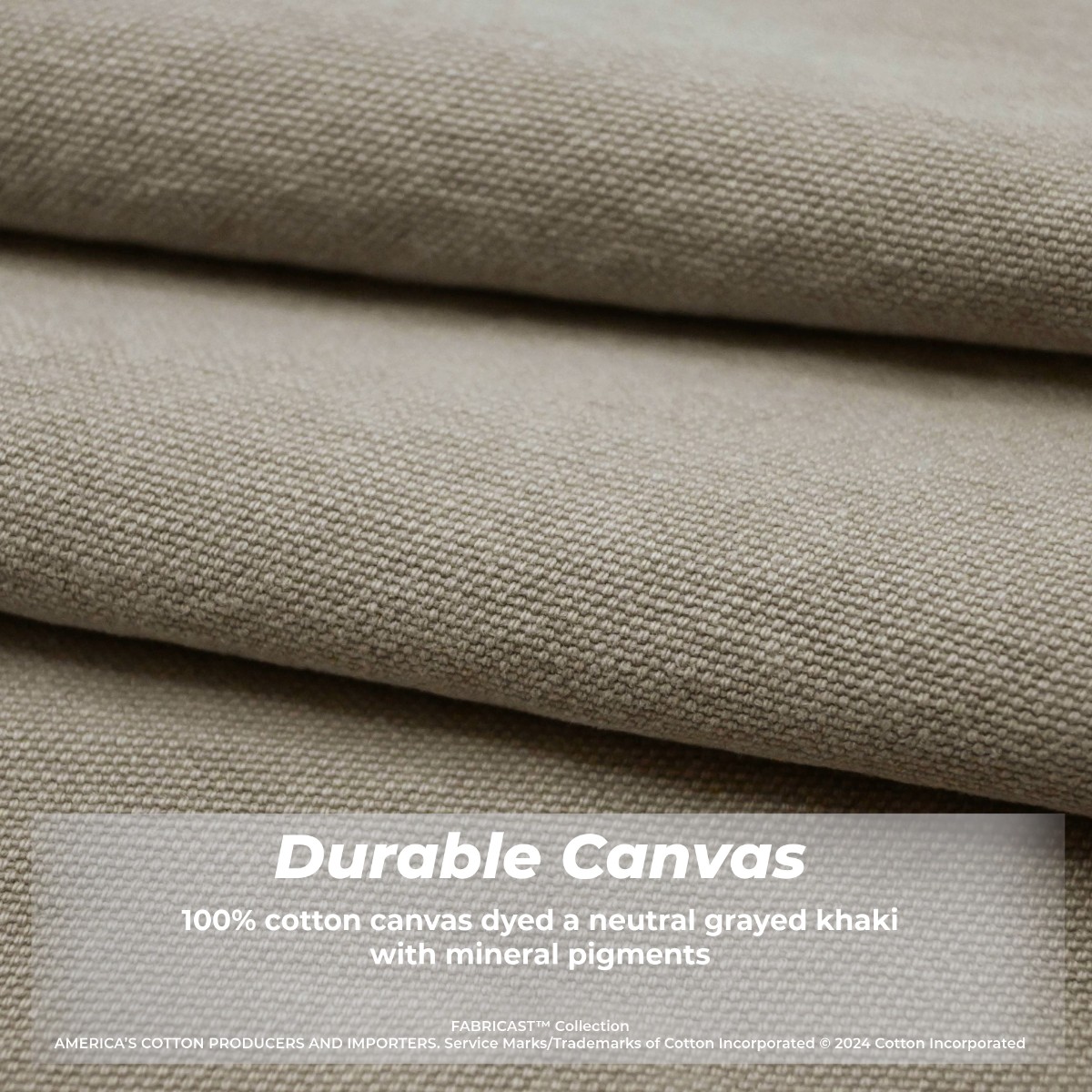

This chunky 100% #cotton waffle weave construction was dyed with mineral pigments in a buttery yellow hue. These naturally sourced pigments offer very good light and wash fastness properties. #FabricFriday CottonWorks™ cottonworks.com/en/fabricast/7…
